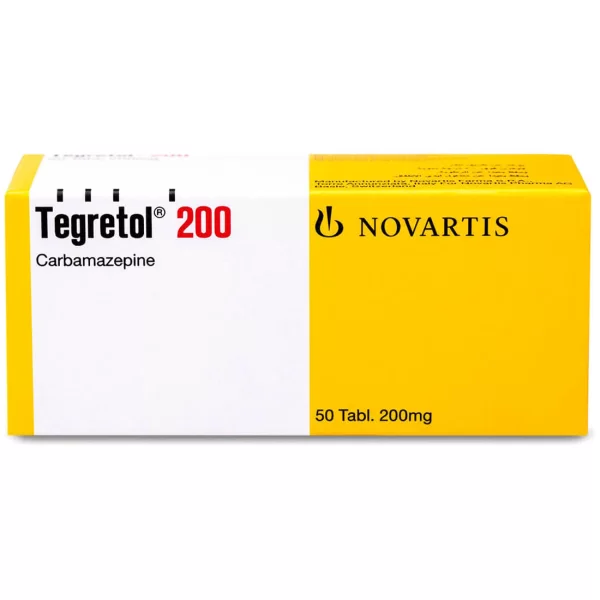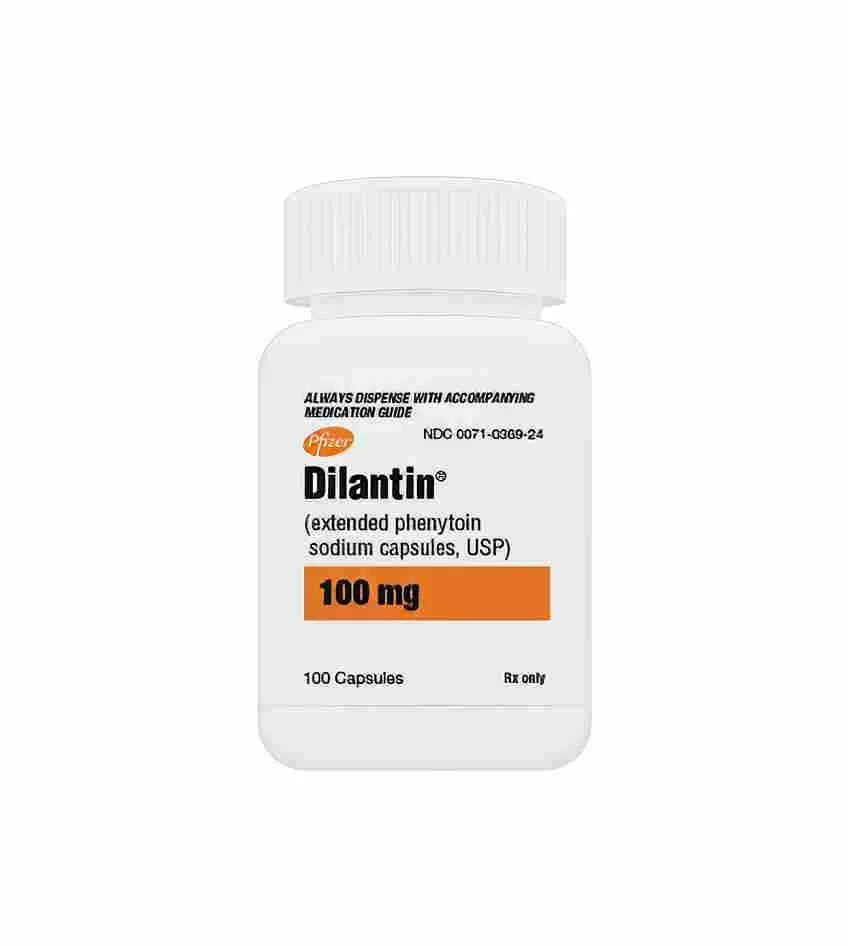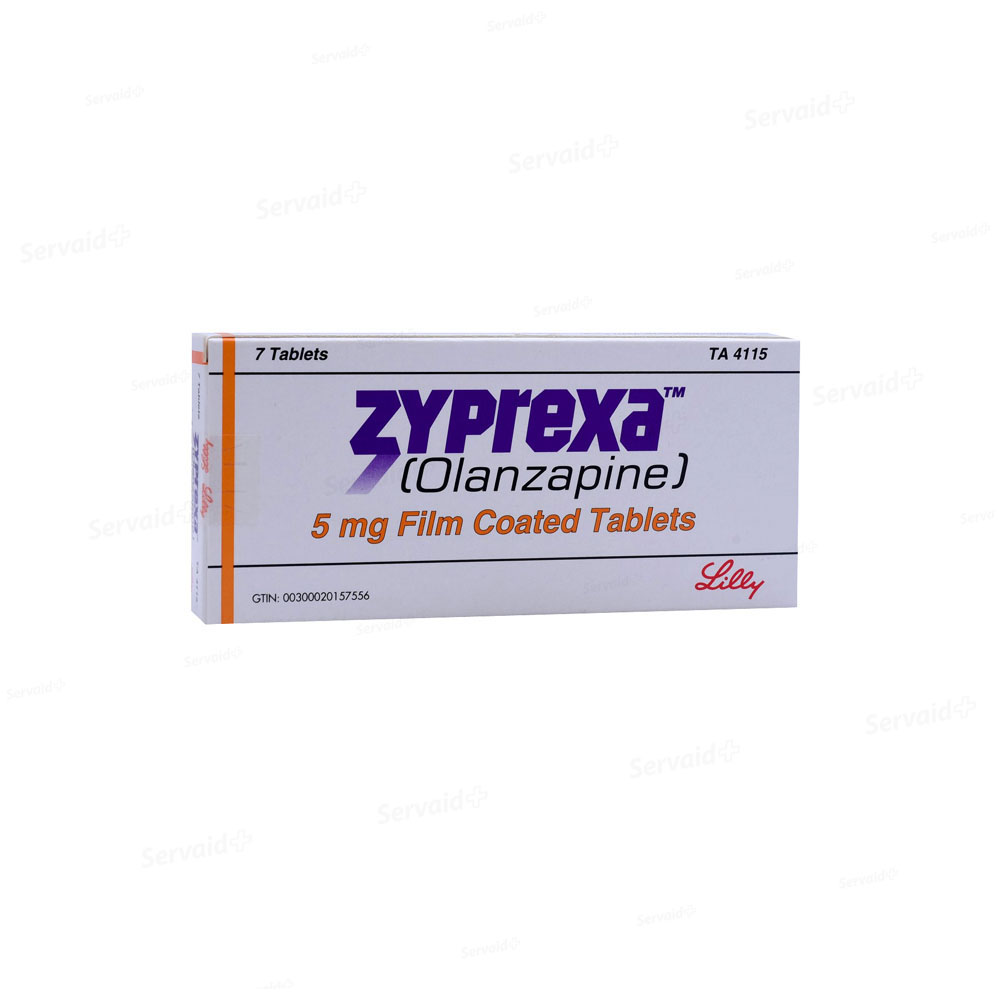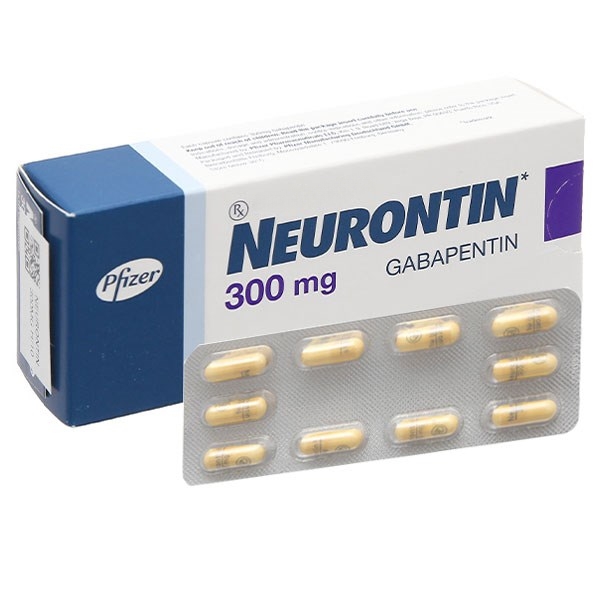
Tegretol
Tegretol - 400mg
| Product | Per Pill | Savings | Per Pack | Order |
|---|---|---|---|---|
| 30 pills | $1.54 | $46.20 | Buy Now | |
| 60 pills | $1.37 | $10.40 | $92.41 $82.01 | Buy Now |
| 90 pills | $1.31 | $20.79 | $138.60 $117.81 | Buy Now |
| 120 pills | $1.28 | $31.18 | $184.80 $153.62 | Buy Now |
| 180 pills | $1.25 | $51.98 | $277.21 $225.23 | Buy Now |
| 270 pills | $1.23 | $83.16 | $415.80 $332.64 | Buy Now |
Tegretol - 200mg
| Product | Per Pill | Savings | Per Pack | Order |
|---|---|---|---|---|
| 60 pills | $0.92 | $54.90 | Buy Now | |
| 90 pills | $0.83 | $7.41 | $82.35 $74.94 | Buy Now |
| 120 pills | $0.79 | $14.82 | $109.80 $94.98 | Buy Now |
| 180 pills | $0.75 | $29.65 | $164.70 $135.05 | Buy Now |
| 270 pills | $0.72 | $51.88 | $247.05 $195.17 | Buy Now |
Tegretol - 100mg
Overview of Tegretol
Introduction
Tegretol, also known by its generic name carbamazepine, is an anticonvulsant medication used primarily to treat epilepsy and certain types of nerve pain, such as trigeminal neuralgia. It is also prescribed for bipolar disorder as a mood stabilizer. As an antiepileptic drug, Tegretol works by reducing abnormal electrical activity in the brain, helping to prevent seizures and relieve pain.
Primary Purpose
Tegretol is primarily used to manage and control epilepsy, including partial seizures, generalized tonic-clonic seizures, and mixed seizure patterns. Additionally, it is effective in treating trigeminal neuralgia, a chronic pain condition affecting the trigeminal nerve in the face. Tegretol is also utilized in the management of bipolar disorder to stabilize mood and prevent manic and depressive episodes.
Key Aspects
- Mechanism of Action: Tegretol works by inhibiting sodium channels in the brain, which stabilizes hyperexcited nerve membranes and reduces repetitive firing of neurons.
- Formulations: Available in various forms, including tablets, chewable tablets, and extended-release capsules, allowing for flexible dosing and better patient compliance.
- Comprehensive Treatment: In addition to its antiepileptic and analgesic properties, Tegretol's mood-stabilizing effects make it valuable in psychiatric applications.
Benefits and Useful Properties
- Effectiveness: Tegretol is proven effective in reducing the frequency and severity of seizures and providing significant pain relief in trigeminal neuralgia.
- Safety and Tolerability: Generally well-tolerated, with side effects being manageable. Common side effects include dizziness, drowsiness, and gastrointestinal disturbances.
- Convenience of Dosing: The availability of extended-release formulations provides convenient once or twice-daily dosing, improving patient adherence.
Indications for Use
Conditions Treated by Tegretol
- Epilepsy: Tegretol is effective in controlling various types of seizures, including partial seizures, generalized tonic-clonic seizures, and mixed seizure patterns.
- Trigeminal Neuralgia: It provides relief from the severe facial pain associated with trigeminal neuralgia by reducing nerve firing.
- Bipolar Disorder: Tegretol is used as a mood stabilizer in bipolar disorder, helping to prevent both manic and depressive episodes.
- Neuropathic Pain: Tegretol can also be prescribed for other types of neuropathic pain, providing relief from chronic pain conditions.
Dosage and Administration
Dosage and Intake
- Initial Dosage: The typical starting dose for epilepsy in adults is 200 mg twice daily, which may be gradually increased based on patient response and tolerance. For trigeminal neuralgia, the initial dose is usually 100 mg twice daily.
- Extended-Release Formulation: Extended-release capsules and tablets allow for once or twice-daily dosing, providing a more consistent therapeutic effect and improving patient adherence.
- Dose Adjustments: Dosage may be adjusted by a healthcare provider based on the patient's response, with a typical maintenance dose ranging from 800 to 1200 mg per day for epilepsy and 400 to 800 mg per day for trigeminal neuralgia.
Timing of Intake
- Consistency: It is recommended to take Tegretol at the same time each day to maintain stable blood levels. Patients should follow their healthcare provider's instructions regarding the timing of doses.
- With or Without Food: Tegretol can be taken with or without food, but it should be taken consistently in the same manner to ensure even absorption and efficacy.
Additional Recommendations
- Missed Dose: If a dose is missed, it should be taken as soon as remembered unless it is close to the time of the next dose. Patients should not double up on doses to make up for a missed one.
- Regular Monitoring: Regular follow-up appointments are essential to monitor the effectiveness of the treatment and make necessary dosage adjustments.
Mechanism of Action
Description of Mechanism
Tegretol works by inhibiting voltage-gated sodium channels in the brain, which stabilizes hyperexcited nerve membranes and reduces synaptic transmission. This action helps to prevent the abnormal electrical activity that causes seizures and nerve pain.
Biochemical Processes
- Receptor Blockade: Tegretol binds to the sodium channels, preventing them from opening and allowing sodium ions to flow into the nerve cells. This action stabilizes the nerve cells and prevents them from firing excessively.
- Neurotransmitter Regulation: By modulating neurotransmitter release, Tegretol helps to balance excitatory and inhibitory signals in the brain, contributing to its antiepileptic and analgesic effects.
Physiological Effects
- Seizure Prevention: Tegretol's stabilization of nerve cells prevents the spread of abnormal electrical activity, reducing the frequency and severity of seizures.
- Pain Relief: In trigeminal neuralgia, Tegretol reduces nerve firing, alleviating the intense facial pain associated with the condition.
- Mood Stabilization: By affecting neurotransmitter release, Tegretol helps to stabilize mood in patients with bipolar disorder, preventing extreme mood swings.
Composition
General Introduction
Tegretol contains the active ingredient carbamazepine, which is responsible for its anticonvulsant and analgesic effects. The medication also includes several inactive ingredients that help in the formulation and stabilization of the drug.
Active Ingredient
- Carbamazepine: Each Tegretol tablet or capsule contains a specific amount of carbamazepine, typically available in dosages of 100 mg, 200 mg, and 400 mg. Carbamazepine works by inhibiting sodium channels, stabilizing nerve membranes, and reducing abnormal electrical activity in the brain.
Inactive Ingredients
- Fillers and Binders: Common inactive ingredients in Tegretol tablets include microcrystalline cellulose and lactose, which help bind the tablet and maintain its shape.
- Stabilizers: Ingredients like magnesium stearate and colloidal silicon dioxide are included to stabilize the formulation and ensure consistent absorption of the active ingredient.
- Coating Agents: Extended-release formulations of Tegretol may contain additional coating agents to control the release of carbamazepine over time, providing a sustained therapeutic effect.
Side Effects
Introduction
While Tegretol is generally well-tolerated, patients should be aware of potential side effects. Understanding these effects helps manage any adverse reactions and seek medical attention when necessary.
Common Side Effects
- Dizziness and Drowsiness: Some patients may experience dizziness or drowsiness, especially when starting the medication or adjusting the dose.
- Gastrointestinal Issues: Nausea, vomiting, and constipation may occur in some individuals.
- Ataxia: Difficulty with coordination and balance is a possible side effect that may require dose adjustment.
Less Common but Serious Side Effects
- Aplastic Anemia and Agranulocytosis: Rare but serious blood disorders that require immediate medical attention if symptoms such as fever, sore throat, or unusual bleeding occur.
- Liver Toxicity: Signs of liver problems, such as jaundice or dark urine, necessitate prompt evaluation.
- Allergic Reactions: Though uncommon, allergic reactions to Tegretol can occur, characterized by rash, itching, or swelling, particularly of the face, tongue, or throat.
Frequency and Severity
- Common Side Effects: Typically mild and transient, often resolving with continued use or dose adjustments.
- Serious Side Effects: Less common but require immediate medical attention. Patients experiencing severe reactions should discontinue the medication and consult their healthcare provider.
Prevention of Side Effects
General Introduction
Preventing side effects is crucial to ensuring the safe and effective use of Tegretol. Patients can take several steps to minimize the risk of adverse reactions.
Tips for Preventing Side Effects
- Adherence to Dosage: Follow the prescribed dosage strictly and avoid taking more than recommended.
- Regular Monitoring: Schedule regular check-ups to monitor blood levels and liver function, allowing for timely adjustments to the treatment plan.
- Gradual Dose Adjustment: When starting Tegretol or changing the dose, gradual adjustments can help the body adapt and reduce the likelihood of side effects.
Improving Tolerability
- Take with Food: Taking Tegretol with meals can help reduce gastrointestinal discomfort.
- Hydration: Ensure adequate hydration, especially if experiencing dizziness or lightheadedness.
- Avoid Alcohol: Limiting alcohol intake can prevent interactions and reduce the risk of side effects.
Contraindications
General Introduction
Tegretol may not be suitable for everyone. It is important to be aware of contraindications to prevent adverse effects and complications.
Conditions and Diseases
- Bone Marrow Depression: Patients with a history of bone marrow depression should avoid Tegretol due to the risk of serious blood disorders.
- Liver Disease: Severe liver impairment is a contraindication for Tegretol use due to the risk of hepatotoxicity.
- MAO Inhibitors: Tegretol should not be used concurrently with monoamine oxidase inhibitors (MAOIs).
Warnings for Specific Patient Groups
- Pregnant and Breastfeeding Women: Use only if clearly needed and prescribed by a healthcare provider. Tegretol can cause fetal harm and passes into breast milk.
- Patients with a History of Hypersensitivity: Individuals with a history of hypersensitivity to carbamazepine or tricyclic antidepressants should not use Tegretol.
- Elderly Patients: May be more susceptible to the side effects, particularly dizziness and drowsiness, and require careful dose adjustments.
Warnings/Precautions
General Introduction
Observing precautions while using Tegretol can significantly enhance treatment safety and effectiveness.
Important Warnings
- Allergic Reactions: Be aware of signs of severe allergic reactions such as swelling, rash, and difficulty breathing.
- Hematologic Effects: Regular blood tests are essential to monitor for potential blood disorders such as aplastic anemia and agranulocytosis.
Precautionary Measures
- Regular Check-Ups: Ensure frequent medical appointments to monitor the response to Tegretol and adjust the dosage as needed.
- Medication Interactions: Discuss all medications, including over-the-counter drugs and supplements, with a healthcare provider to avoid harmful interactions.
- Avoid Alcohol: Alcohol can increase the risk of side effects and should be limited or avoided while taking Tegretol.
Missed Dose
Steps if a Dose is Missed
- Close to Next Dose: If it is almost time for the next dose, skip the missed dose and take the next one at the regular time.
- Far from Next Dose: Take the missed dose as soon as remembered. Do not double the dose to catch up.
Tips for Adherence
- Set Reminders: Use alarms or mobile apps to remind you to take your medication.
- Consistent Routine: Incorporate taking Tegretol into a daily routine, such as during breakfast or bedtime, to ensure regularity.
Drug Interaction
Introduction
Tegretol can interact with various medications, potentially altering its effectiveness or increasing the risk of adverse effects.
Examples of Interactions
- Anticonvulsants: Combining with other anticonvulsants may require dose adjustments due to potential interactions.
- Antidepressants: Tegretol can reduce the effectiveness of certain antidepressants, requiring careful monitoring.
- Oral Contraceptives: Tegretol can reduce the effectiveness of hormonal contraceptives, necessitating alternative birth control methods.
Preventing Negative Interactions
- Consult Healthcare Providers: Always inform healthcare providers of all medications being taken to manage potential interactions.
- Read Medication Labels: Pay attention to labels and avoid over-the-counter drugs that may interact with Tegretol.
Overdose
Symptoms of Overdose
- Severe Dizziness: Extreme dizziness or lightheadedness.
- Nausea and Vomiting: Severe gastrointestinal upset.
- Respiratory Issues: Difficulty breathing or shortness of breath.
Actions to Take
- Seek Immediate Medical Attention: Contact emergency services or go to the nearest hospital.
- Do Not Self-Medicate: Avoid attempting to self-treat or induce vomiting without medical advice.
Pharmacokinetics
Absorption
Tegretol is rapidly absorbed from the gastrointestinal tract, with peak plasma concentrations occurring within 4-8 hours of oral administration.
Distribution
Carbamazepine is widely distributed throughout the body, with a volume of distribution of approximately 1 L/kg. It crosses the blood-brain barrier and is distributed into breast milk.
Metabolism
Tegretol is extensively metabolized in the liver, primarily by the enzyme CYP3A4. The rate of metabolism can vary between individuals, affecting drug levels and efficacy.
Excretion
Carbamazepine is excreted mainly in the urine, with about 70% of an oral dose being eliminated as metabolites. The elimination half-life ranges from 12 to 17 hours.
Dosage Forms
Available Forms
- Tablets: Immediate-release tablets typically available in 100 mg, 200 mg, and 400 mg doses.
- Extended-Release Tablets: Designed for once or twice-daily dosing, providing a sustained release of the medication over 24 hours.
Advantages of Each Form
- Immediate-Release Tablets: Provide quick relief of symptoms, suitable for initial dose adjustments.
- Extended-Release Tablets: Ensure consistent blood levels, improving adherence and reducing the frequency of dosing.
Pregnancy and Breastfeeding
Safety During Pregnancy
Tegretol should be used during pregnancy only if clearly needed and prescribed by a healthcare provider. It can cause fetal harm and affect fetal development.
Recommendations for Pregnant and Nursing Mothers
- Consult Healthcare Providers: Discuss the potential risks and benefits with a healthcare provider.
- Monitor Infant: If used during breastfeeding, monitor the infant for signs of adverse effects.
Storage Conditions
Storage Recommendations
- Original Packaging: Keep Tegretol in its original packaging to protect it from light and moisture.
- Temperature: Store at room temperature, away from excess heat and moisture.
Specific Conditions
- Avoid Humidity: Do not store in the bathroom or other humid places.
- Keep Out of Reach: Ensure medications are kept out of reach of children and pets.
Clinical Trials and Efficacy
Clinical Trials Overview
Tegretol has undergone extensive clinical trials demonstrating its efficacy in managing epilepsy, trigeminal neuralgia, and bipolar disorder.
Key Findings
- Seizure Control: Significant reductions in seizure frequency and severity were observed.
- Pain Relief: Effective in reducing pain intensity in trigeminal neuralgia.
- Mood Stabilization: Proven to stabilize mood in bipolar disorder, reducing the occurrence of manic and depressive episodes.
Conclusion
Summary
Tegretol is a highly effective anticonvulsant and mood stabilizer used to treat epilepsy, trigeminal neuralgia, and bipolar disorder. It offers a favorable safety profile and multiple formulations for tailored treatment.
Recommendations
- Consultation: Always consult with a healthcare provider before starting Tegretol.
- Adherence: Follow prescribed dosages and schedules to ensure optimal effectiveness.
- Monitoring: Regular check-ups are essential for monitoring the treatment's success and making necessary adjustments.




